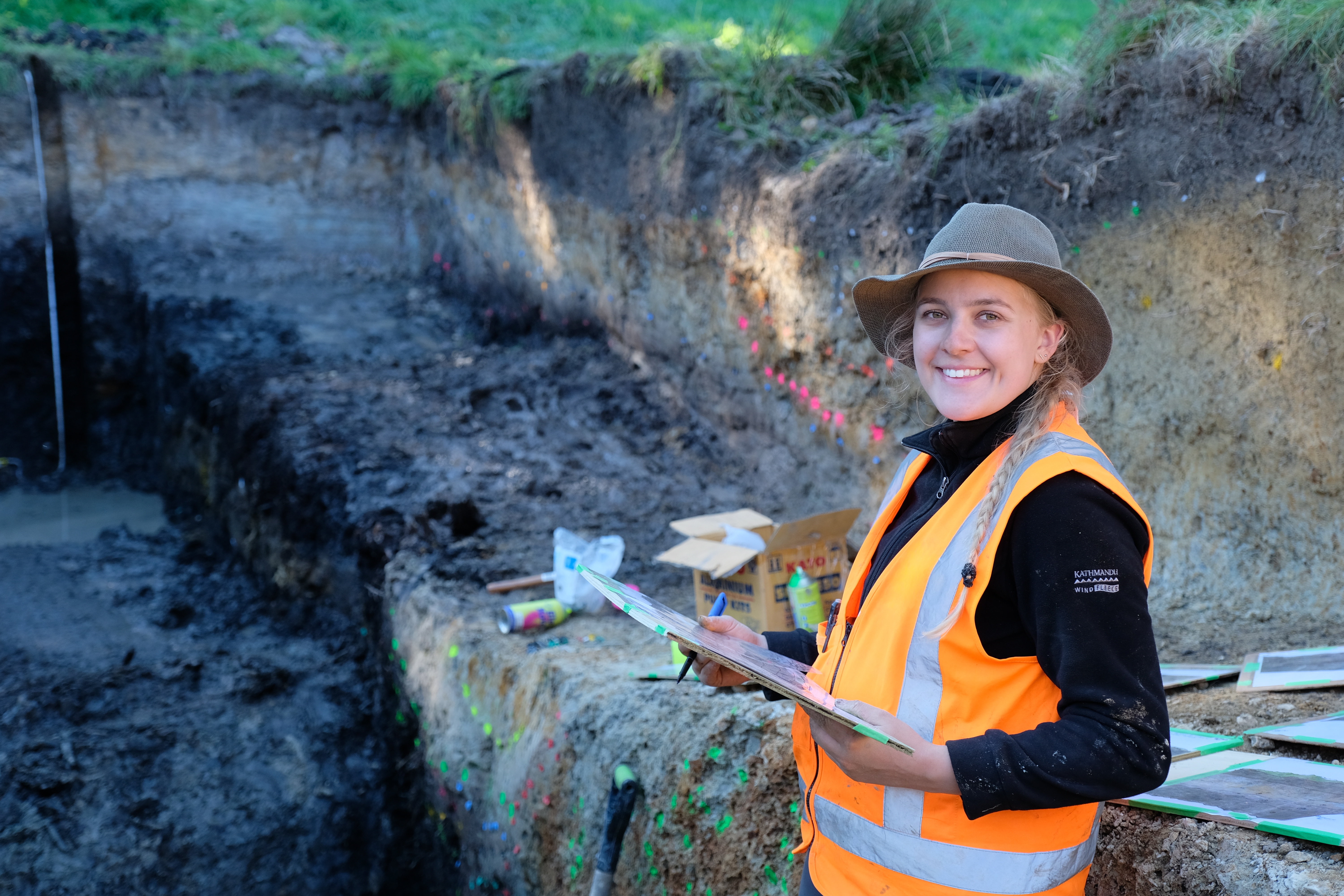Associate Professor Michelle LaRue
In her free Tauhere UC Connect public lecture, Spying seals from space: citizen science in Antarctica on Wednesday 28 September, Associate Professor Michelle LaRue of Gateway Antarctica, University of Canterbury, will explain the impact of the research and how more than 330,000 people around the world helped scientific researchers better understand one of the most remote and inaccessible animal species in the world.
Weddell seals are one of Antarctica’s most iconic species. In addition to being undeniably charismatic, they live the farthest south out of any mammal in the world and can live up to 30 years in some of the harshest conditions on the planet. They are seasonal occupants of the coastal sea ice that surrounds Antarctica.
“The reason Weddell seals are so important is because they're a key indicator species for the Southern Ocean,” says Dr LaRue.
 Sustainable Development Goal (SDG) 13 - Climate Action
Sustainable Development Goal (SDG) 13 - Climate Action
“The Weddell seal relies on sea ice found around the Antarctic coastline for its habitat. Traditional methods of understanding population abundance are cost-prohibitive and risky. So, we combined high-resolution satellite imagery with a web platform to conduct a citizen science campaign to find out three things: where seals are present, their abundance, and the environmental factors that influence their habitat preferences.
“We created the first-ever population estimate for this Antarctic species and discovered that the global population of Weddell seals during 2011 was no more than 40% of the 800,000 animals previously estimated,” she says.
The research estimated about 202,000 sub-adult and adult female Weddell seals in Antarctica. Previous estimates of female seals were about 800,000. (When the satellite images were taken, male seals were mostly in the water under the ice guarding their territories, so they were not captured in the images.)
“Fast-ice conditions, ocean depth and proximity to Adélie and emperor penguins were related to seal presence, though varying among Antarctic regions. We developed a reliable method to monitor populations at regional and global scales, along with models that could be used to assist in ecologically sound management.”
About the speaker
Dr Michelle LaRue is an Associate Professor in Gateway Antarctica at the University of Canterbury in Christchurch, New Zealand. Dr LaRue’s research focuses on understanding the biogeography and population change of marine predator species in the Southern Ocean, like penguins and seals. Her tools of choice tend to be high-resolution satellite imagery, GIS and spatial modelling, and working with citizen scientists. A passionate science communicator, Dr LaRue's work has been covered by the BBC, The Wall Street Journal, and National Geographic.
- Tauhere UC Connect public lecture: Spying seals from space: citizen science in Antarctica Presented by Associate Professor Michelle LaRue, Gateway Antarctica, Pūtaiao | Science, Te Whare Wānanga o Waitaha | University of Canterbury, 7pm–8pm, Wednesday 28 September 2022, in C1 Central Lecture Theatres, Ilam, Christchurch. Register to attend free at: canterbury.ac.nz/ucconnect. Tauhere UC Connect public talks are also livestreamed on the UC Facebook page.




.jpeg)





